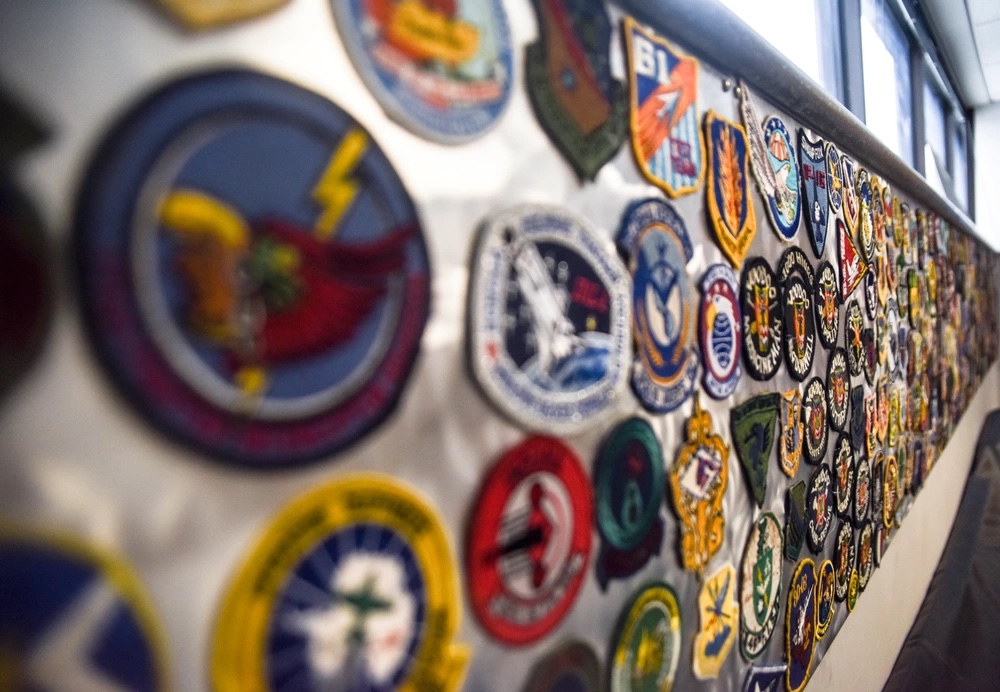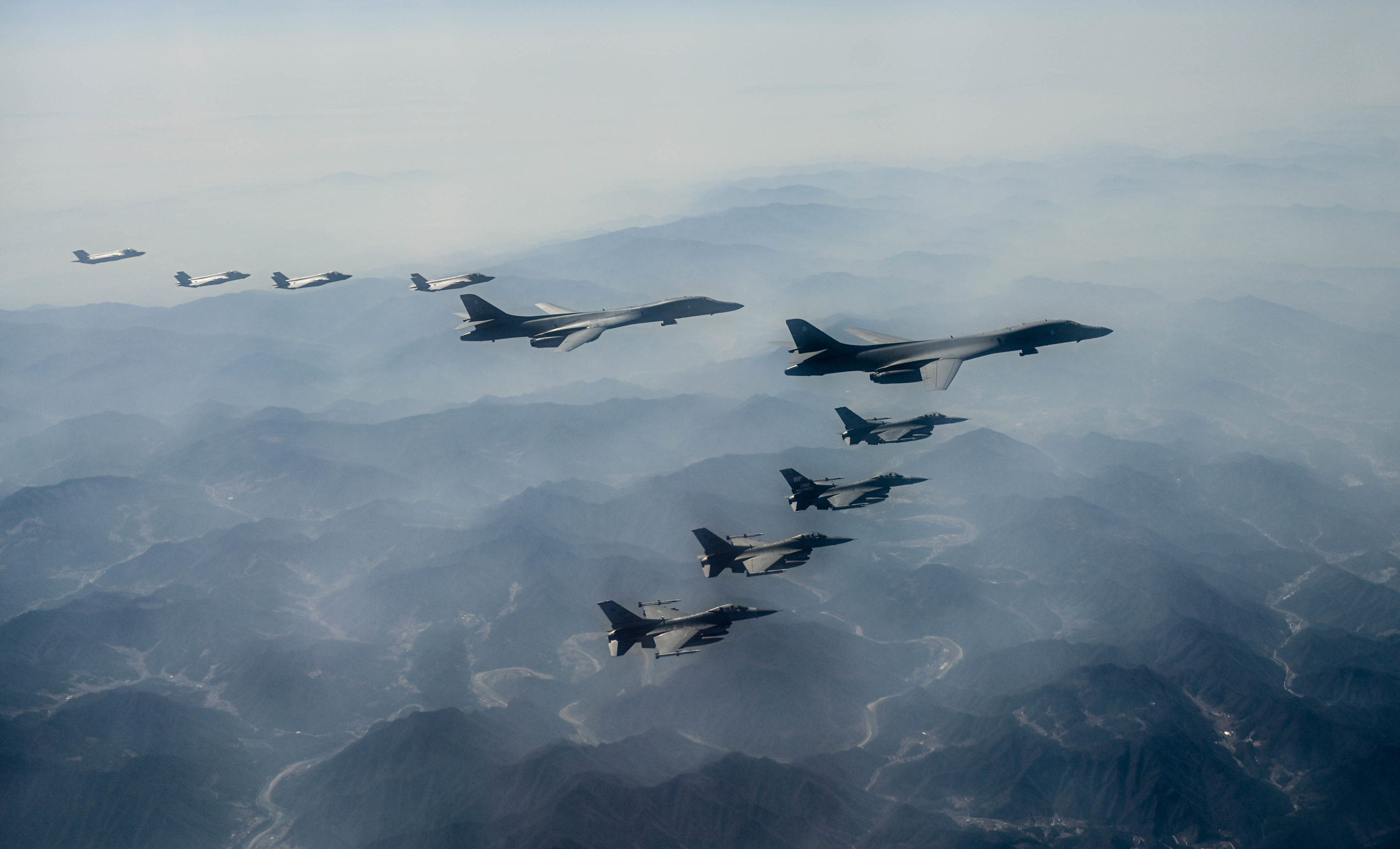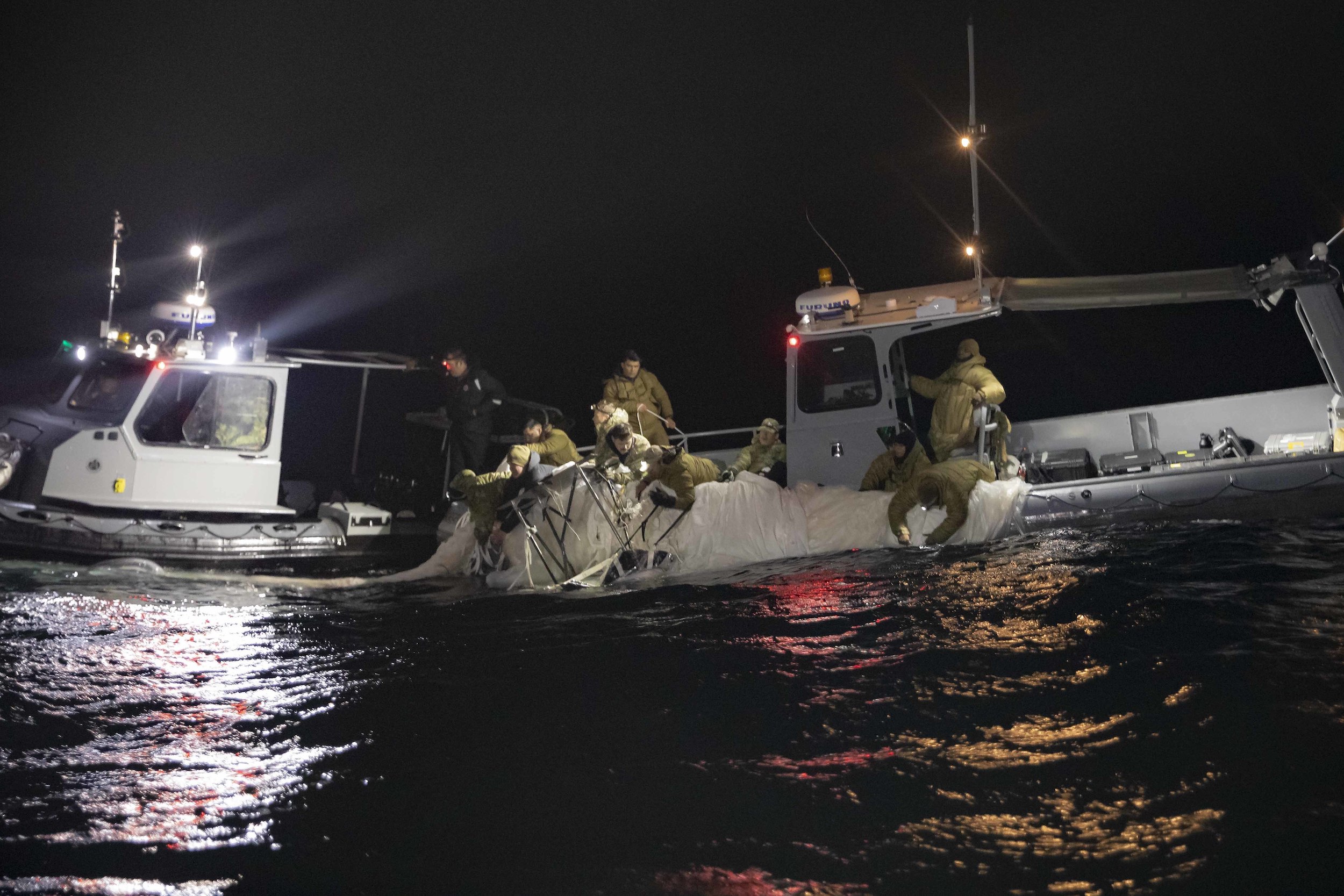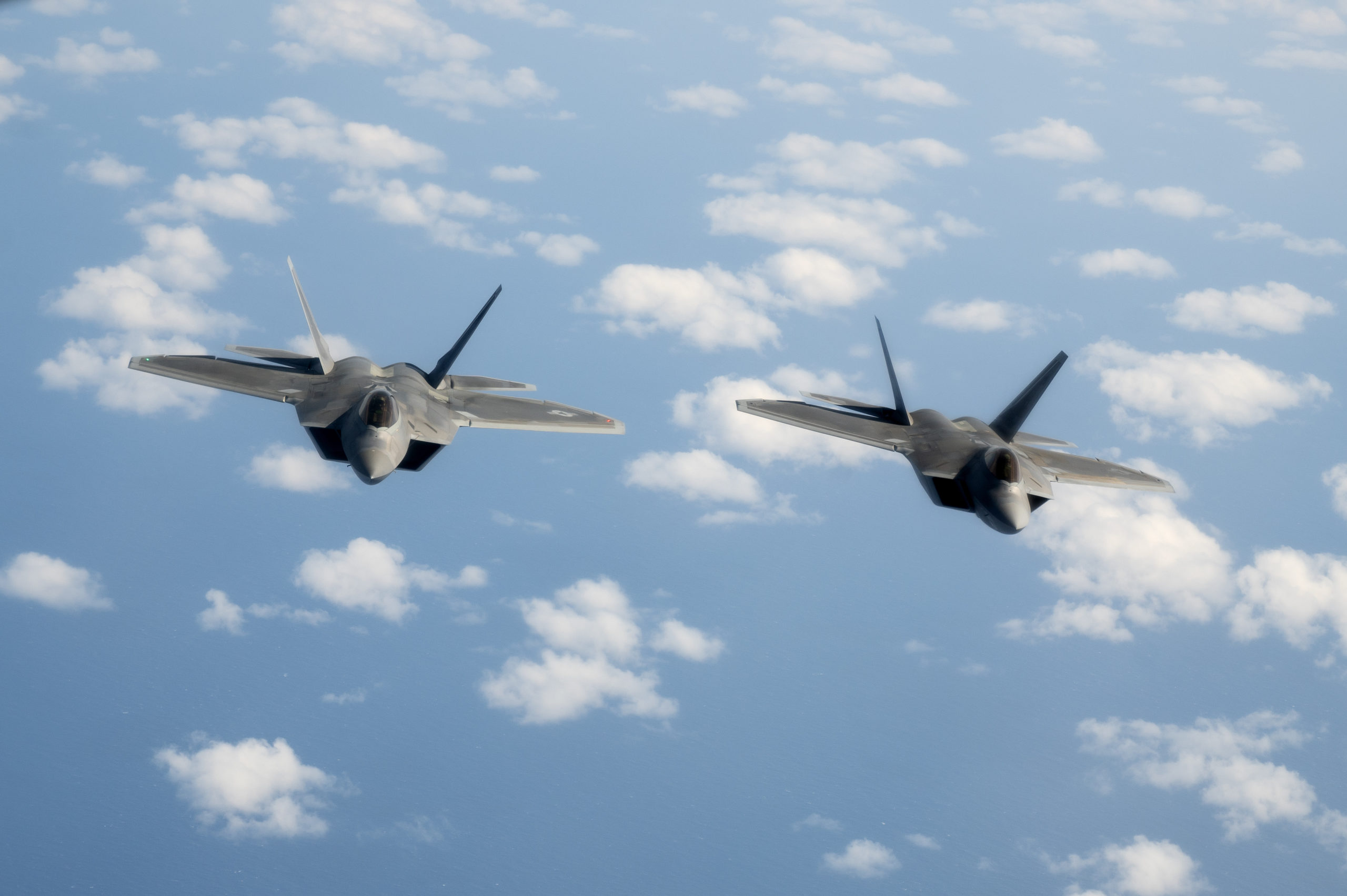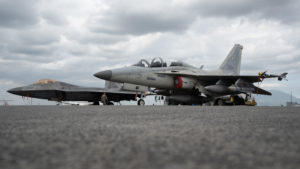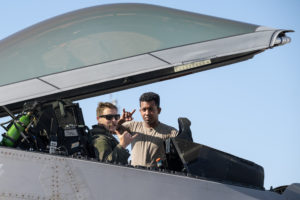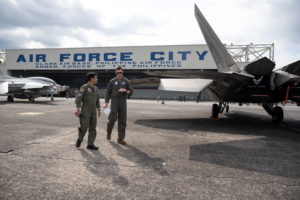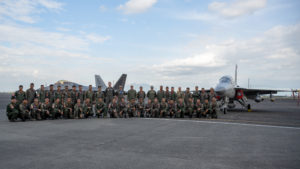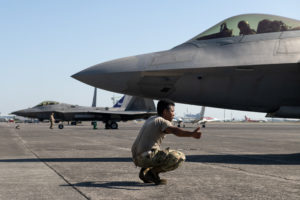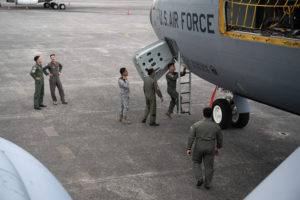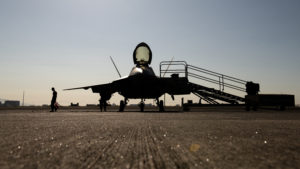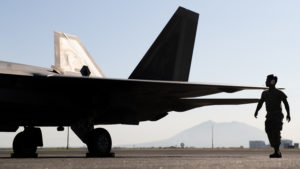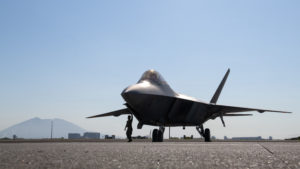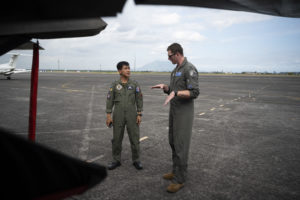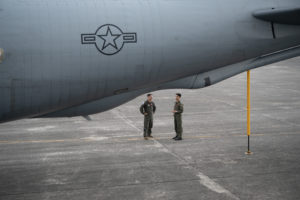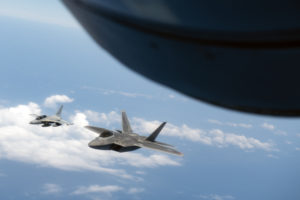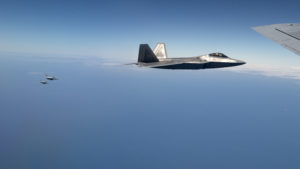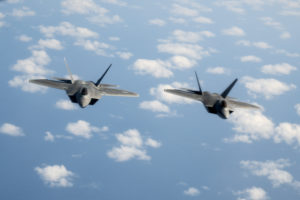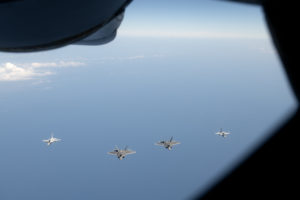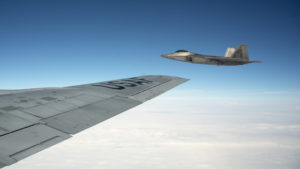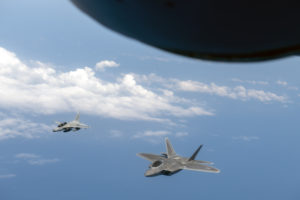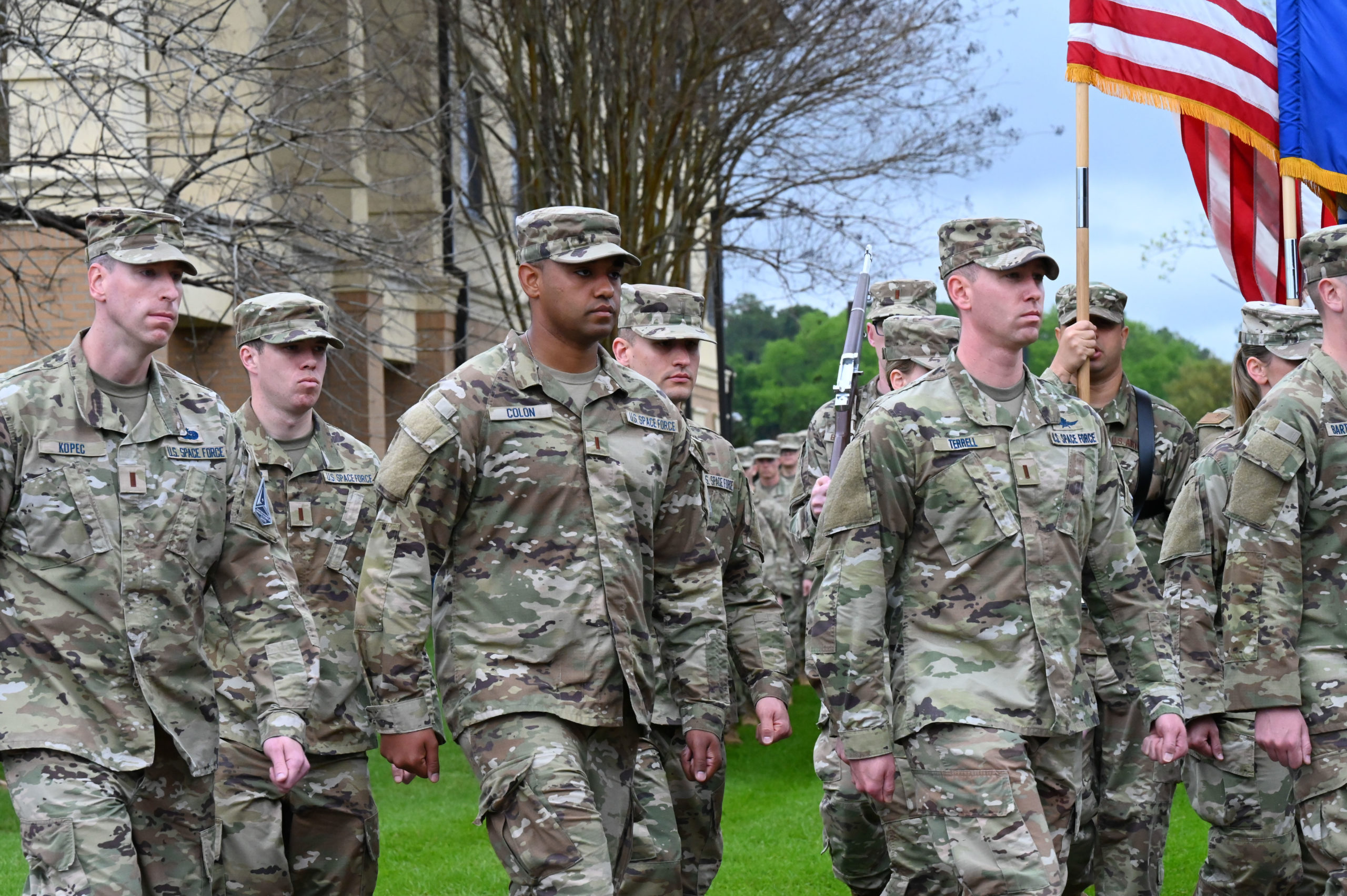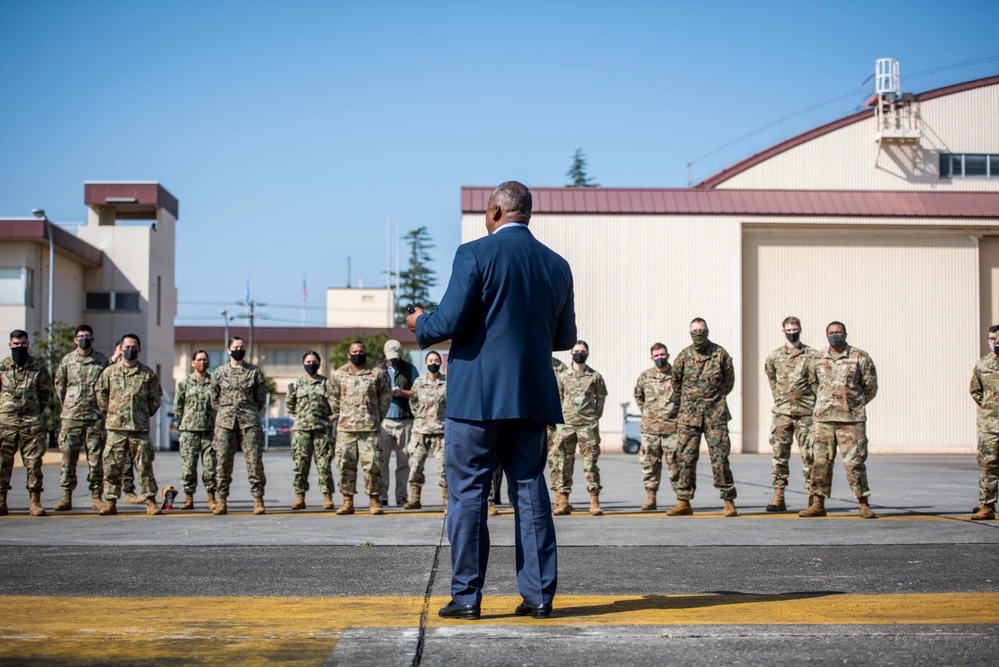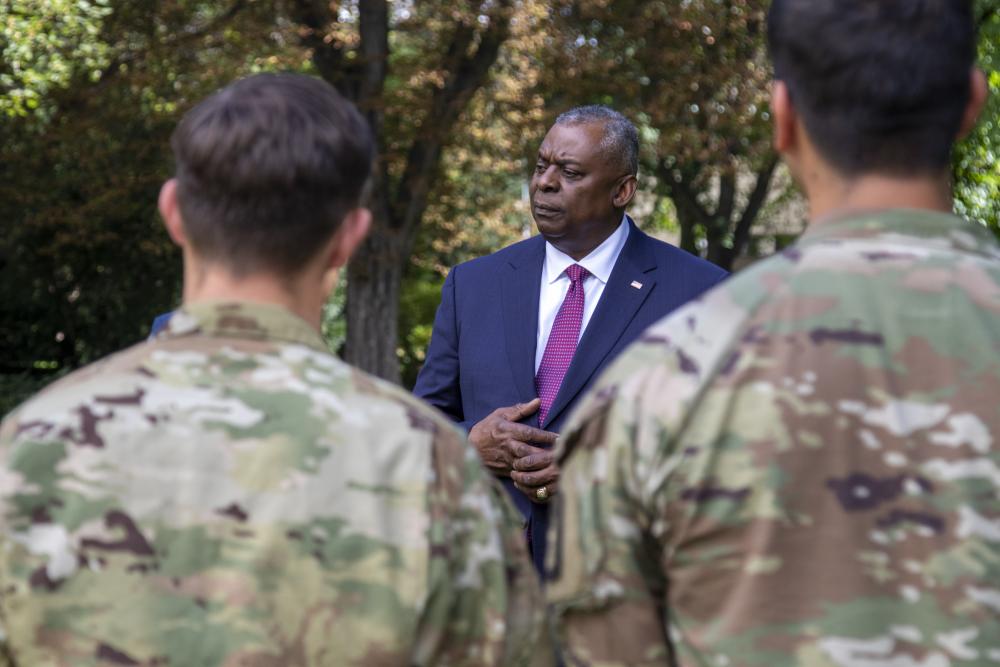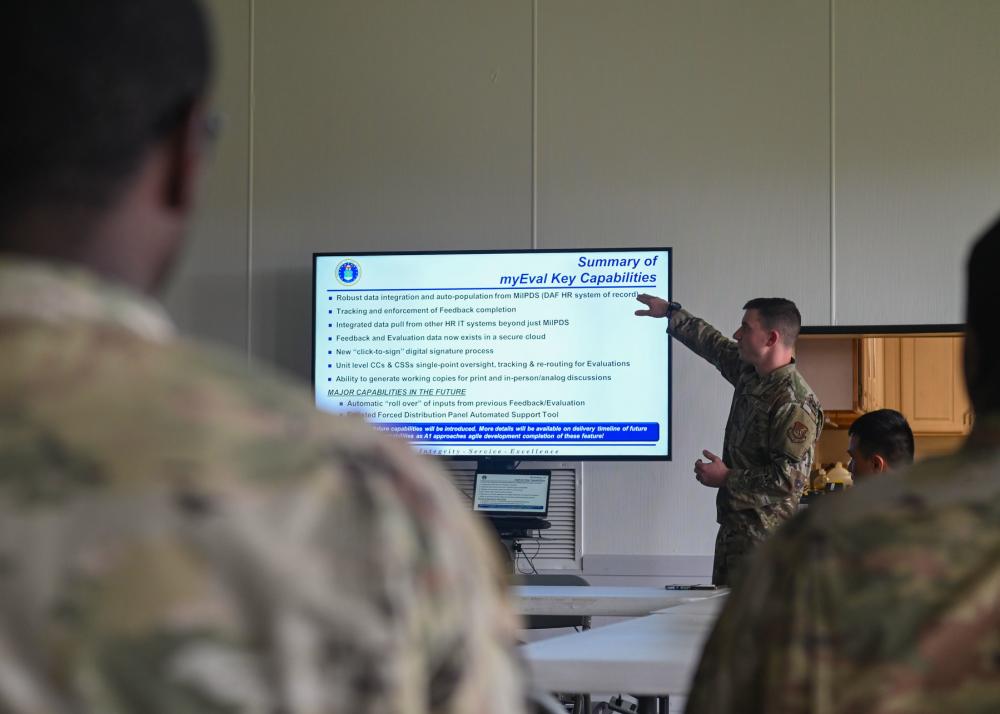The Air Force Uniform Board unveiled changes to Air Force and Space Force dress and appearance regulations March 21, including updates to cold weather gear, purses and handbags, and “heritage-like” morale patches.
One area of appearance regulations that went unchanged was facial hair policy. Over the past several years, there has been a steady stream of calls from Airmen on social media to allow beards without a special waiver. As part of a statement on facial hair policy, an Air Force spokesperson said the branch coordinates with the other services.
“We are a part of a joint force that represents our nation and also considers the policies and procedures of our sister-services,” the spokesperson said.
On the same day the uniform changes were announced, Chief Master Sergeant of the Air Force JoAnne S. Bass released a memo saying that facial hair policy, and the stigma that many shaving waiver holders report facing, is on her mind. Earlier this month, the military’s top enlisted service member, Senior Enlisted Advisor to the Joint Chiefs of Staff Ramón Colón-López, was criticized by some on social media for dismissing the push for lifting the beard ban as an attempt “to look cute.”
“With each change we make to expand opportunity to serve and reduce artificial barriers, I am keenly aware the authorization of beards across the Total Force is at the forefront for many,” Bass wrote in her memo. “I am writing you to make it clear that as we continue to look at this and other issues, we can and must act now to remove any stigma, or personal bias, toward those Airmen authorized to maintain facial hair, either for medical or religious reasons.”
The new changes to Department of the Air Force Instruction 36-2903 go into effect April 1. The request for changes had been submitted via the Guardians and Airmen Innovation Network, which allows Airmen and Guardians to submit and vote on ideas for change. They include:
- Child Development Centers: New language in Air Force regulations will allow installation commanders to designate CDCs as a no-hat, no-salute zone. Salutes also will not be required when Airmen or Guardians are carrying children outside of CDCs.
- Cold weather headbands: Airmen and Guardians can now wear a headband in cold weather in addition to scarves, earmuffs, a watch cap, and gloves.
- Four badges above the service tape: The new language ups the maximum number of badges that Airmen and Guardians can wear on the front of their occupational camouflage pattern (OCP) uniforms above the U.S. Air Force or U.S. Space Force tape from two to four.
- New headgear with flight duty uniform: Airmen authorized to wear flight duty uniforms will now be able to wear the OCP patrol cap or tactical OCP gap with those uniforms, as well as the blue flight cap they have traditionally worn.
- Small logo on purses and handbags: Before this change, it was difficult for Airmen and Guardians to carry purses or handbags to work with them due to restrictions on showing corporate logos in uniform. Now Airmen and Guardians can carry purses and handbags to work with them, so long as the logo does not exceed one inch in diameter. There are no color or logo restrictions for Guardians holding a backpack by hand.
- Olive drab green backpacks: Airmen and Guardians can now wear olive drab green backpacks. Before this change they could wear only black, brown, grey or dark blue backpacks.
- Any size logo on gym bags: No more “small” logo in Air Force regulations on gym bags.
- Certain commercial parkas are now allowed: New language expands the current regulations to allow cold weather parks to be purchased commercially. However, the Parkas must be OCP pattern or Coyote Brown and have name tapes, service tape, rank, and patches worn in the same authorized configuration.
- Friday morale shirts with logos: On Fridays, Airmen and Guardians can now wear morale shirts with logos on both the back and the left side of the chest. However, the logo on the chest can not exceed five inches in diameter, though the one on the back can be a larger diameter. The shirt also must be coyote brown regardless of the logo.
- “Heritage-like” morale patches: This change removes language from Air Force regulations “limiting current or past official organizational emblem or any variations for the [flight duty uniform], like the OCPs and two-piece flight duty uniform.”
